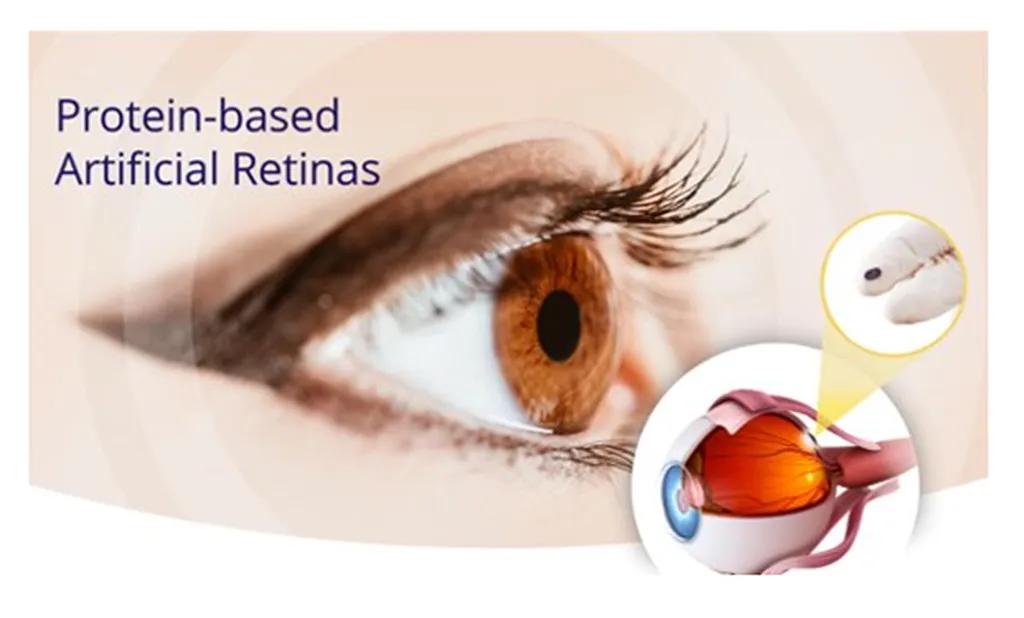**Title: New Insights into Terahertz Transmission in Protein Solutions: Implications for Energy and Biomedical Industries**
Researchers from the Helmholtz-Zentrum Dresden-Rossendorf (HZDR) in Germany have uncovered new insights into the behavior of terahertz (THz) waves in aqueous protein solutions. Their findings, published in the journal *Applied Physics Letters*, could have significant implications for the energy sector and biomedical industries.
In their study, the researchers performed z-scan transmission measurements at 0.5 THz on dilute and concentrated lysozyme solutions. They discovered a giant nonlinear absorption coefficient in dilute lysozyme solutions, ten times greater than previously reported. This substantial nonlinear response was attributed to the high average THz power generated by the TELBE free electron laser source, which induced a persistent thermal lens.
Interestingly, concentrated lysozyme solutions did not exhibit this nonlinear response. The researchers concluded that the phenomenon of “crowding” in concentrated solutions annihilates the thermal lensing effect. This suggests that the THz nonlinear transmission of aqueous protein solutions is heavily dependent on the amount of hydration water present.
For the energy industry, these findings could pave the way for novel applications in biomedical imaging and sensing, as well as in the development of THz-based technologies for energy harvesting and storage. Understanding the nonlinear optical properties of biologically relevant systems could lead to advancements in areas such as photodynamic therapy, where THz waves are used to target and destroy cancer cells.
Moreover, the study’s insights into the behavior of hydration water could inform the design of more efficient energy storage systems, such as batteries and supercapacitors, where water-based electrolytes are often used. By optimizing the hydration environment, it may be possible to enhance the performance and longevity of these energy storage devices.
In summary, the research conducted by the HZDR team opens up new avenues for exploring the nonlinear optical properties of biologically relevant systems. The practical applications of these findings for the energy sector are promising, with potential advancements in biomedical technologies, energy harvesting, storage, and beyond.
Source: Applied Physics Letters (2023)
This article is based on research available at arXiv.

